My friends thought I was crazy when I launched my kayak 12 years ago for a 2350-mile adventure from the headwaters of the Mississippi River to the Gulf of Mexico. My inner Huck Finn had dreamed of this journey since I was a boy living on the banks of Big Muddy. And the focus of my sabbatical from my college teaching career was studying the environment. What better way than to launch my boat into the greatest classroom, the Outdoors?
Long before books were printed, native people learned from the first book, the natural world. Elders shared stories which explained natural phenomenon like the changing of the seasons and myths probing how the world was created. The skies were the grand screen on which epic tales were told. The creatures both great and small were the instructors.
The poet Mary Oliver captures the essence of that pedagogy when she wrote, “Instruction for living. Pay attention. Be astonished. Tell about it.”
The flow of the river, its twists and turns, became my curriculum. Fish and fowl became my teachers. Locals became “river angels.” As I learned many lessons, this pastor/professor became the “paddle pilgrim.”
Twelve years later and now 77 years old, I decided to do some graduate study in my favorite stretch of the Mississippi River, the “headwaters.” Its spectacular scenery, abundant wildlife, and peaceful quiet called me like the school bell to come and learn.
Launching from Lake Itasca in Northern Minnesota in early June, I paddled with friends Ellen Mcdonah and Jim Lewis who had each paddled the entire Mississippi and had joined me on an adventure on our ancestral fjords in Norway.
Expecting warm days and cool nights, we were
“astonished” by record 100-degree heat. Lesson one: “Hope for the best, prepare for the worst.”
At its start the Mississippi is not mighty but meager. Rather than drag our boats through the shallow water we decided to launch downstream in one of the larger lakes near Bemidji. While on the water we enjoyed the pristine wilderness but when camping each night, we were beset by clouds of mosquitoes. As the heat persisted, we watched the river get lower in lower. Each day we witnessed in real time a mini- Grand Canyon being sculpted in mud banks exposing holes where muskrats, otters, and beavers once lived.
Climate change was a daily subject in our learning laboratory. Climate science documents extremes of weather producing floods one year and drought the next. Data shows winters getting warmer with less snowpack. As our boats scraped the river bottom, we were experiencing first-hand the effects of humans on the environment.
Looking down into the clear waters I was delighted by a parade of fish below my boat. This is a nursery for young pike, suckers, and walleye maturing in a forest of reeds. Looking up I saw eagle fledges learning to fly and to fish.
Trumpeter Swans with 8-foot wingspans demanded a pause in my paddle to simply savor their beauty. This was my classroom. The headwaters are their home.
As a native Minnesotan I am proud of its visionary “Clean Water, Land & Legacy Amendment to the state constitution which sets aside 3/8’s of one per cent of sale tax dollars to fund projects to enhance water, land, arts and culture, parks and trails, and environmental and natural resources. The people of the land of 10,000 lakes value and enjoy and protect their outdoor classroom
Here are a few of the lessons from the Great Outdoor Classroom:
Native people teach us about caring for creation and living sustainable lives in harmony with Mother Earth.
Environmentalists show us both the resilience and the fragility of the amazingly diverse and interconnected natural world.
Animals call us to treat them with love and respect as friends in a healthy and balanced co-existence.
Creation inspires us to ponder life’s deeper meaning, savor the moment, and think about the long-term health of our planet and its inhabitants.
Perhaps my favorite teacher was a 9-year-old Ojibwe girl named Naomi. She is a member of the Water Protectors, an environmental group seeking to stop the building of an oil pipeline through their tribal lands. Standing by her “holy waters,” she asked me “Where will the animals live?” Where, indeed?
I am an elder and I am teaching my grandson, William, to kayak. On a recent paddle I said, “It’s time to head back to shore.” His response, “Let’s keep going.” like Naomi’s question, is a call to action and responsible stewardship of the “father of waters” and “mother earth. We all have challenging and wonderful homework to do!
Check out my website paddle-pilgrim for my books, films, podcasts, speaking Trumpeter Swans photo credit - Jim Lewis
Discussion about this post
No posts





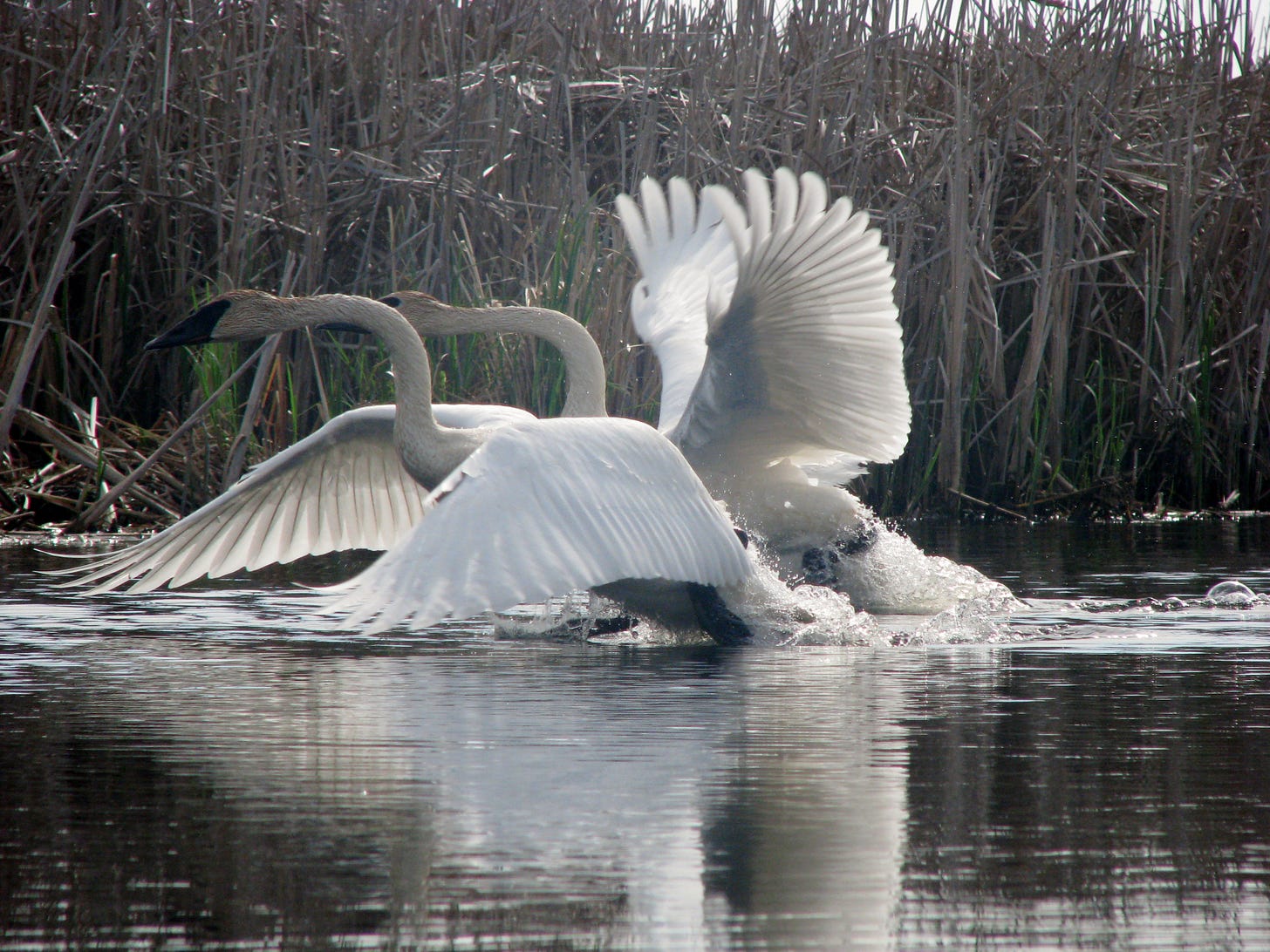
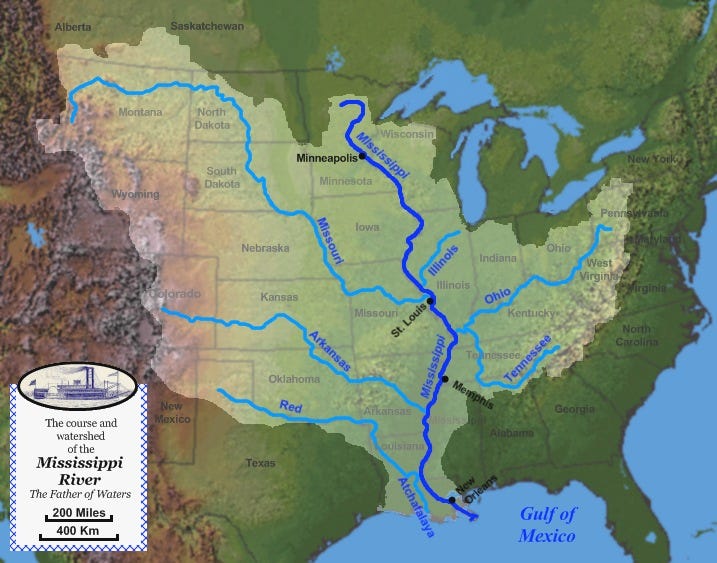
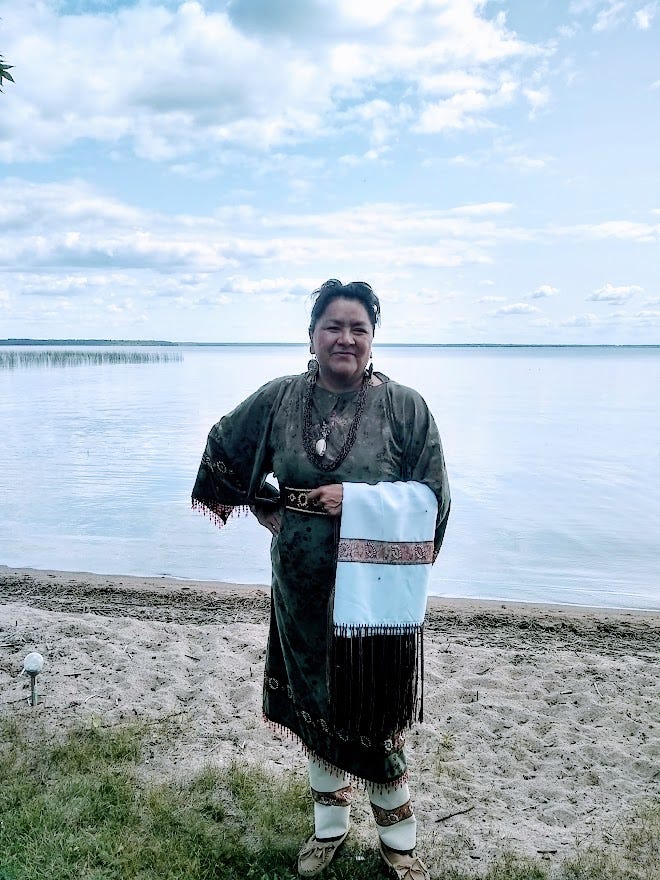
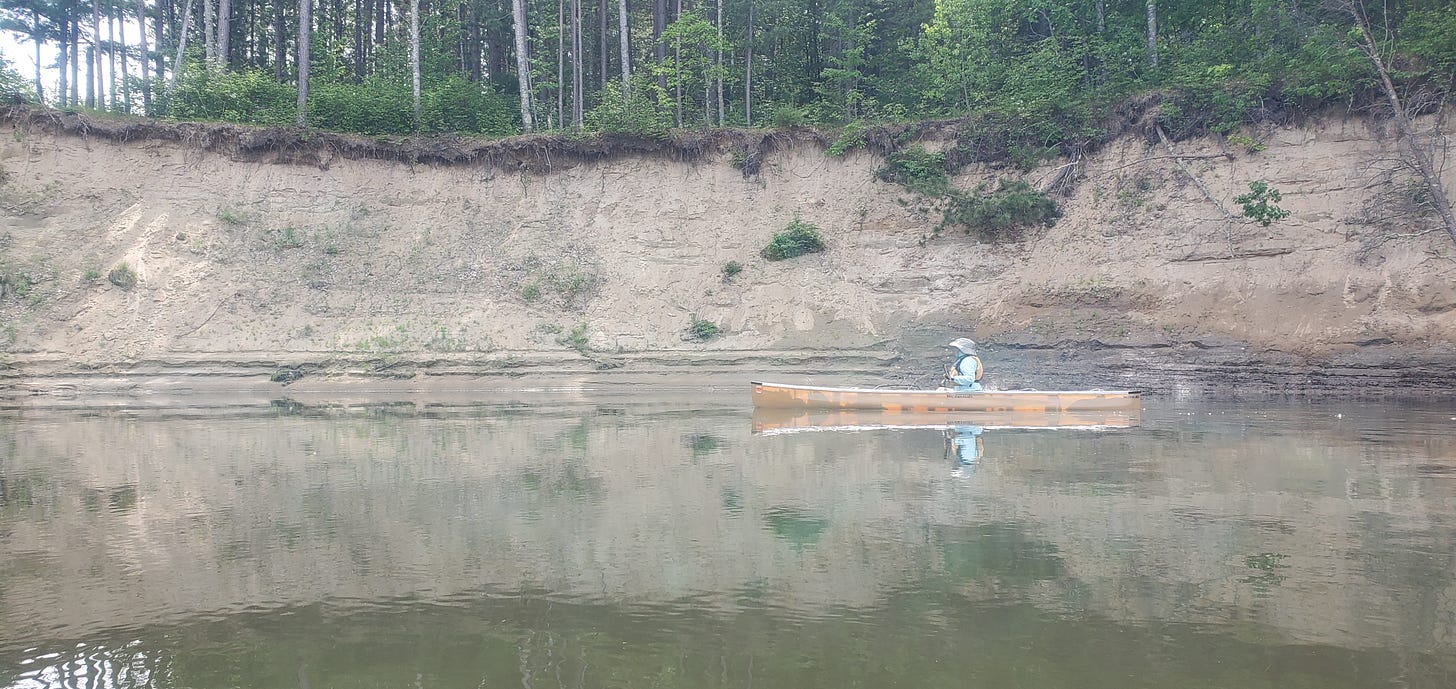
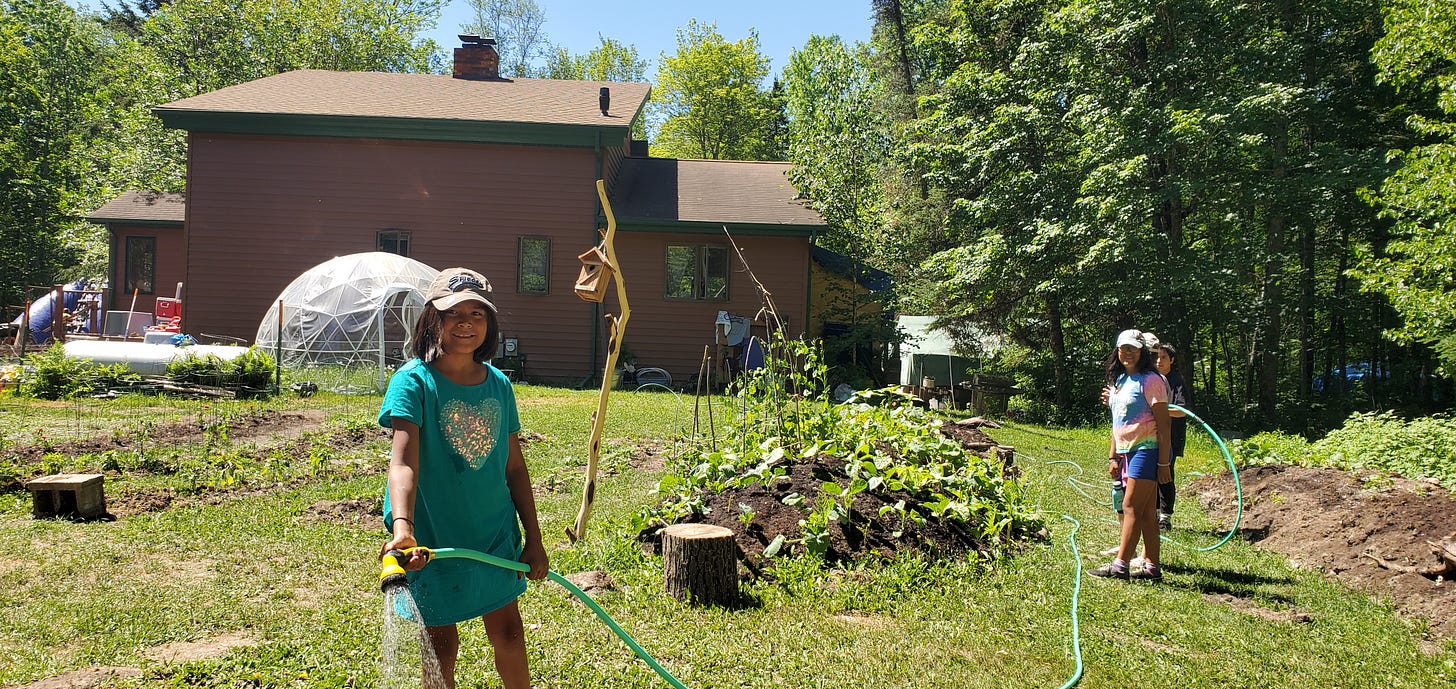
What a well-written account of an amazing adventure that's among many on your "permanent record." I watched your video of this trip, too. Nice!